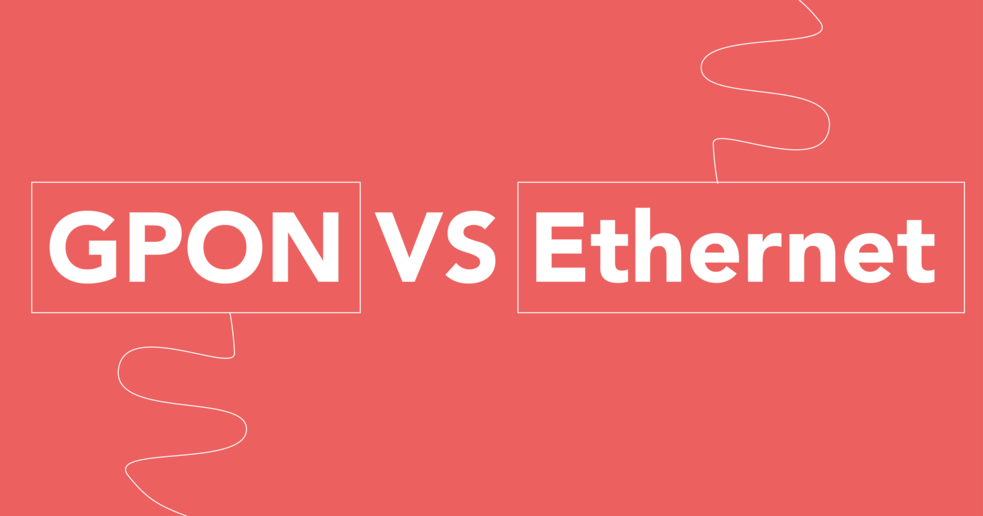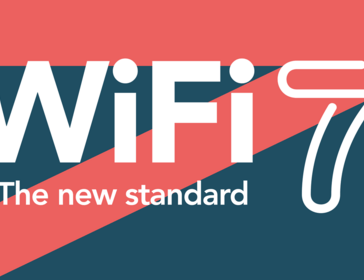When delivering connectivity to multi-tenant buildings, there are two stand out cabling solutions. We take a look at GPON and Ethernet cabling and discuss the benefits and suitability of each of them…
The two most common solutions for delivering connectivity to buildings are traditional copper Ethernet and GPON (Gigabit Passive Optical Network). Both are types of cabling, and both require supporting equipment in order to provide connectivity for end users. While different in approach, the two are actually quite similar in their end results when utilised within multi-tenant buildings.
What is GPON?
GPON takes a single fibre connection to a building and splits it across multiple access points across a site. Each access point is connected by an additional cable, allowing each resident to have their own direct connection. The materials and application of these connections can vary, but this is the general principle. In its original form, GPON was designed for city-wide deployment and is generally regarded as carrier-grade equipment, ideal for large complexes with buildings over very large areas. As far as ASK4 is concerned, all of our services run the same over both GPON and Ethernet solutions. There is nothing we can do on one solution that we cannot do on another within the context of a multi-tenant living environment such as BTR or PBSA developments.
The benefits of GPON are only mainly seen at carrier level. There is an argument that installing fibre cabling into a building will future-proof the property as Internet technology develops. However, as technology evolves the switches and endpoint equipment will need to be replaced to continue to deliver the best resident experience to support changes to increased speed, capacity and security.
ASK4’s Head of Technology, Pete Marshall, joined the Connected Living webinar to discuss the difference between GPON and Ethernet, and how building owners can make the most informed choices when installing Internet connectivity into their properties. You can watch the full webinar below.
Which is the most cost effective?
The initial costs for installing GPON are currently much higher than Ethernet, however as less cabling is needed, there are instances where the cables may cost less than Ethernet. That said, the supporting hardware for GPON solutions is expensive, meaning that Ethernet solutions often work out as the more cost-effective options overall.
As less cabling is required with a GPON solution, there is a reduction in cable mass and active equipment (such as switches), and also no need for a comms room resulting in potential space saving. When building new buildings where space is at a premium, GPON may be the better solution in this instance, but for existing buildings it may not be worth it for owners to base their decisions on space-saving with the building already designed to allow for comms rooms and in-room equipment.
Which is faster?
There is actually little to no difference in achievable connection speeds between the two solutions as the data outlets in resident living spaces will typically be cabled using copper back to a piece of hardware called an ONT (Optical Network Terminator). The ONT ports connected to these customer ports need to be 1Gb/s in order to be compatible with the customer devices which will cap any potential speed increase found in the fibre cables.
The best solution
The right solution for a multi-tenant building will depend on a combination of the expectations of residents, our detailed understanding of user needs and the technical constraints of delivering WiFi in a multi-tenant building.
High-speed Internet is an integral part of any living space, and GPON provides a number of unique benefits to help deliver this. For many buildings however, traditional Ethernet networks over a passive copper distribution can deliver the best blend of cost, management and service, for residents, building owners and operators.
If you’d like to know more about GPON and Ethernet networks for multi-tenant, build to rent properties, please get in touch.



